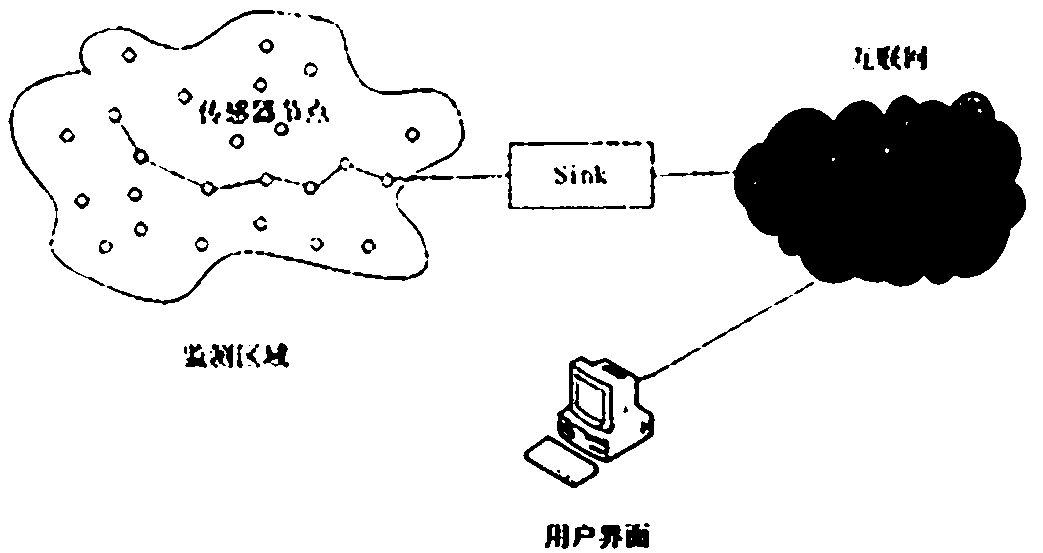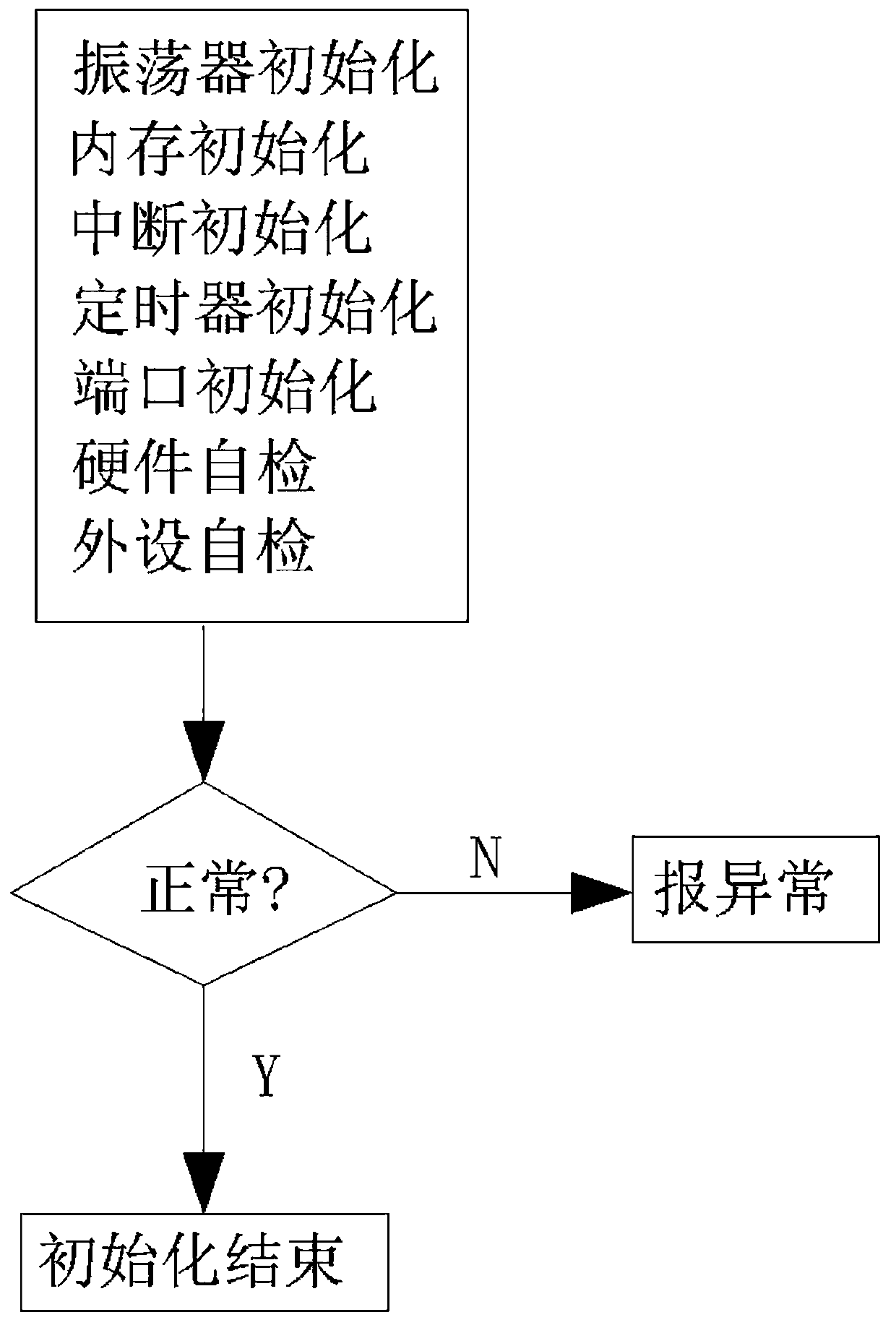Networking method of master-slave low-power-consumption wireless ad hoc network
A wireless self-organizing, low-power technology, applied in network topology, wireless communication, energy reduction, etc., can solve the problems of large data packets, long communication time, no nearby nodes, etc., achieve low power consumption, improve networking effect of speed
- Summary
- Abstract
- Description
- Claims
- Application Information
AI Technical Summary
Problems solved by technology
Method used
Image
Examples
Embodiment Construction
[0048] The present invention will be described in further detail below in conjunction with the accompanying drawings. Obviously, the described embodiment is the best embodiment of the present invention.
[0049] Such as Figure 1-2 As shown, a method for networking of a master-slave low-power wireless ad hoc network, the master-slave low-power wireless ad hoc network includes a gateway node, a sensor node and a wireless transceiver device, wherein the wireless transceiver device adopts an existing There is a wireless transceiver.
[0050] The method for the master-slave low-power wireless ad hoc network includes the following steps: initialization: gateway node initialization, sensor node initialization, if everything is normal, the initialization ends;
[0051] Networking mode: the gateway node actively sends a broadcast wake-up command to the sensor node;
[0052] After receiving the broadcast wake-up command from the gateway node, each sensor node turns on the wireless an...
PUM
 Login to View More
Login to View More Abstract
Description
Claims
Application Information
 Login to View More
Login to View More - R&D
- Intellectual Property
- Life Sciences
- Materials
- Tech Scout
- Unparalleled Data Quality
- Higher Quality Content
- 60% Fewer Hallucinations
Browse by: Latest US Patents, China's latest patents, Technical Efficacy Thesaurus, Application Domain, Technology Topic, Popular Technical Reports.
© 2025 PatSnap. All rights reserved.Legal|Privacy policy|Modern Slavery Act Transparency Statement|Sitemap|About US| Contact US: help@patsnap.com


